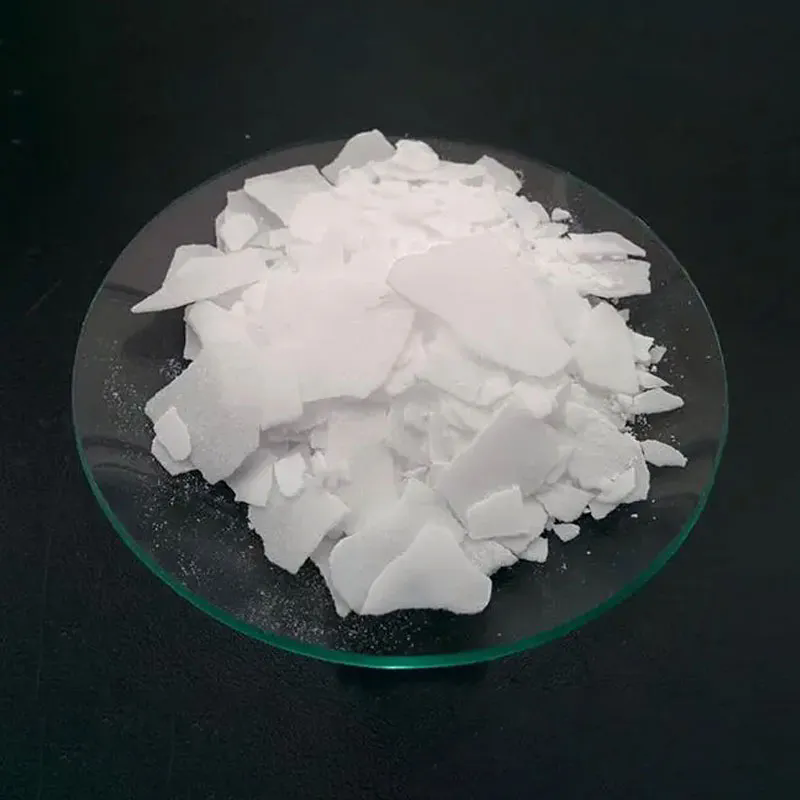Phthalic Anhydride: The Versatile Chemical Powerhouse
2024-09-19
Phthalic anhydride, a key compound in the chemical industry, plays a crucial role in the production of a wide range of everyday products. From plastics and resins to dyes and pharmaceuticals, this versatile chemical serves as a building block for various applications. In this blog, we’ll delve into what phthalic anhydride is, its applications, and its significance in different industries.
Key Applications of Phthalic Anhydride
1. Plasticizers
Phthalic anhydride is widely used to produce plasticizers, particularly phthalates. Plasticizers are substances added to plastics to increase their flexibility, durability, and workability. Phthalates, such as diethyl phthalate (DEP) and di(2-ethylhexyl) phthalate (DEHP), are used in a variety of plastic products, including flexible vinyl flooring, electrical cables, and artificial leather.
2. Resins and Polymers
Phthalic anhydride is a key ingredient in the production of polyester resins, which are used in a range of applications from coatings and adhesives to composite materials. Polyester resins are known for their strength, durability, and resistance to chemicals, making them ideal for use in automotive parts, construction materials, and consumer goods.
3. Dyes and Pigments
In the dye and pigment industry, phthalic anhydride is used to produce phthalocyanine pigments. These pigments are known for their vivid blue and green colors and are used in a variety of applications, including inks, paints, and coatings. Phthalocyanine pigments are valued for their stability, lightfastness, and resistance to weathering.
4. Pharmaceuticals
Phthalic anhydride is involved in the synthesis of certain pharmaceuticals and medicinal compounds. For instance, it is used in the production of phthalate esters, which serve as intermediates in the manufacture of various medications. Additionally, it can be used to produce certain active pharmaceutical ingredients (APIs) that have therapeutic properties.
5. Agricultural Chemicals
In agriculture, phthalic anhydride is used to manufacture certain pesticides and herbicides. It acts as a precursor in the synthesis of various agrochemicals, helping to protect crops and improve agricultural productivity.
6. Coatings and Adhesives
Phthalic anhydride is used in the production of coatings and adhesives, where it enhances the performance of these products. In coatings, it helps improve the adhesion, hardness, and resistance to environmental factors. In adhesives, it contributes to better bonding properties and durability.
Environmental and Safety Considerations
While phthalic anhydride has many beneficial uses, it is important to be aware of its environmental and safety considerations:
- Toxicity: Phthalic anhydride can be irritating to the skin, eyes, and respiratory system. Proper safety measures, including the use of personal protective equipment (PPE) and adequate ventilation, are necessary when handling the chemical.
- Environmental Impact: The production and use of phthalic anhydride can have environmental impacts, including air and water pollution. It is essential to adhere to regulations and guidelines to minimize these impacts and ensure responsible chemical management.
- Recycling and Disposal: Proper disposal and recycling of products containing phthalic anhydride are important to prevent environmental contamination. Many industries are working towards developing more sustainable practices and alternatives to reduce the reliance on phthalic anhydride.
Future Trends and Developments
As industries continue to evolve, the demand for phthalic anhydride is expected to remain strong due to its versatile applications. However, there is ongoing research into finding more sustainable and environmentally friendly alternatives to traditional phthalate plasticizers and other derivatives. Innovations in chemical engineering and materials science are likely to lead to the development of new compounds and technologies that address environmental and health concerns while maintaining the performance benefits of phthalic anhydride.
Conclusion
Phthalic anhydride is a pivotal chemical in modern manufacturing, serving as a cornerstone for the production of plastics, resins, dyes, and various other products. Its versatility and wide range of applications underscore its importance in everyday life. As industries continue to seek more sustainable and eco-friendly solutions, phthalic anhydride will remain a key player in the chemical sector, driving innovation and improving the quality of numerous products we rely on daily.



